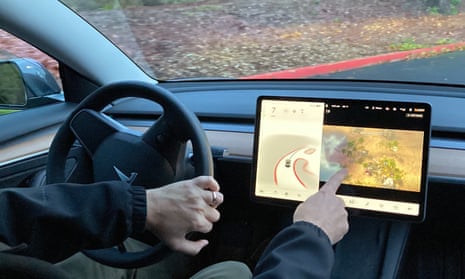Under pressure from US auto safety regulators, Tesla has agreed to stop allowing video games to be played on center touch screens while its vehicles are moving.
The National Highway Traffic Safety Administration says the company will send out a software update over the internet so the function called “Passenger Play” will be locked and won’t work while vehicles are in motion.
The move comes one day after the agency announced it would open a formal investigation into distracted driving concerns about Tesla’s video games, some of which could be played while cars are being driven.
An agency spokeswoman said in a statement Thursday that the change came after regulators discussed concerns about the system with Tesla.
The statement says NHTSA regularly talks about infotainment screens with all automakers. A message was left Thursday seeking comment from Tesla, which has disbanded its media relations department.
The agency says its investigation of Tesla’s feature will continue even with the update.
“The Vehicle Safety Act prohibits manufacturers from selling vehicles with defects posing unreasonable risks to safety, including technologies that distract drivers from driving safely,” NHTSA’s statement said.
The agency said it assesses how manufacturers identify and guard against distraction hazards due to misuse or intended use of screens and other convenience technology.
The agency announced Wednesday that it would formally investigate Tesla’s screens. The probe covers about 580,000 Tesla Models S, X, Y and 3 from the 2017 through 2022 model years.
